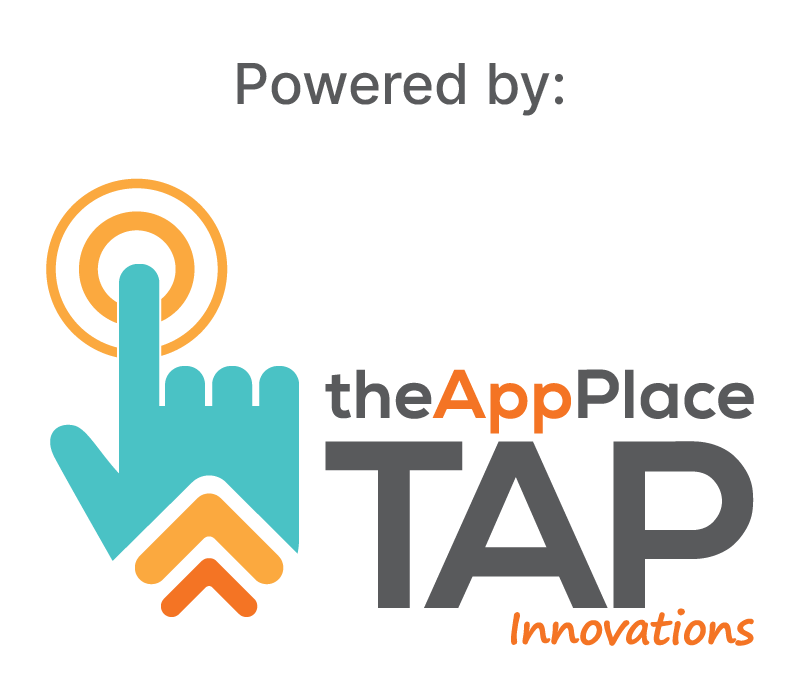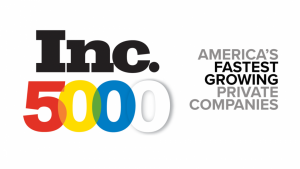Bridging Time Tracking & HCM: The Key to Payroll Efficiency
Efficiently managing workforce time and attendance is a critical aspect of any organization’s human capital management (HCM) strategy. As businesses strive for greater productivity and streamlined payroll processes, the integration of time tracking software with HCM payroll providers has emerged as a pivotal solution. This integration aims to seamlessly connect time tracking data with payroll systems, enabling businesses to automate and optimize their payroll processes while ensuring accurate and reliable compensation for employees.
Definition of Time Tracking Software Integration in relation to HCM Integrations
Time tracking software integration in the context of HCM refers to the process of synchronizing and harmonizing time and attendance data collected through time tracking applications with the payroll systems offered by Human Capital Management providers. This integration bridges the gap between time management and payroll functions, enabling organizations to efficiently manage their workforce’s time-related information, calculate wages accurately, and process payroll with ease.
By integrating time tracking software with HCM payroll providers, businesses can streamline their payroll processes, eliminate manual data entry errors, comply with labor regulations, and gain valuable insights into workforce productivity and attendance patterns. The seamless flow of data between the two systems ensures that the compensation is accurately calculated based on hours worked, leave taken, overtime hours, and other relevant parameters, ultimately leading to increased efficiency, reduced administrative burdens, and improved employee satisfaction.
Common Business Problems
Tedious Commission Calculations In a fast-growing sales organization, HR and payroll teams faced a daunting challenge when it came to calculating sales commissions. The manual process of determining each salesperson’s earnings based on varying commission rates and sales targets was time-consuming and prone to errors. The lack of integration between time tracking software and HCM payroll providers meant that they had to sift through spreadsheets, email chains, and handwritten notes, leading to delays and frustration among the sales team. The absence of automation in commission calculations not only slowed down payroll processing but also affected the morale and motivation of the sales staff.
Confusion in Tip Pool Logic In a bustling restaurant with a tip pooling system, the HR and payroll departments encountered difficulties in accurately distributing tips among the servers and support staff. The tip pool logic required meticulous tracking of hours worked by each employee, including waitstaff, bartenders, and kitchen staff, to determine the fair distribution of tips. Without integration between the time tracking software and HCM payroll providers, HR had to manually collate hours from different sources and cross-check them with the sales data, leading to discrepancies and disputes among the employees. The absence of an automated system made it challenging to adhere to tip pool regulations, putting the restaurant at risk of compliance violations.
Time-consuming Bonus Calculations In a multinational corporation, calculating employee bonuses based on individual and team performance was a laborious process that occurred annually. The HR and payroll teams spent weeks gathering performance data, reviewing achievement metrics, and manually inputting information into the payroll system. This manual approach not only consumed valuable time and resources but also left room for errors in bonus calculations, leading to disgruntled employees and potential legal repercussions. The lack of integration between time tracking software and HCM payroll providers hindered the company’s ability to efficiently reward employees for their hard work and achievements, impacting employee engagement and retention.
Complex Blended Payrates In a manufacturing company with a diverse workforce, calculating blended payrates for employees working multiple roles or shifts proved to be a complex and error-prone task. The HR and payroll teams had to manually juggle various pay rates, overtime rules, and shift differentials, leading to confusion and delays in payroll processing. The absence of integration between time tracking software and HCM payroll providers made it challenging to track the actual hours worked for different roles, resulting in inaccurate pay calculations and potential wage compliance issues. The lack of automation hindered the company’s ability to efficiently manage pay rates and maintain fair compensation practices for all employees.
Integration of time tracking software with HCM payroll providers addresses these common business problems, streamlining processes, ensuring accuracy, and promoting overall efficiency in managing commissions, tip pool logic, bonuses, and blended pay rates. By automating these manual tasks, organizations can enhance employee satisfaction, reduce administrative burdens, and foster compliance with labor regulations, ultimately contributing to a more productive and successful workforce.
TAP Solutions
-
- Automating Commission Calculations:
- Time tracking software integration with HCM payroll providers enables automated commission calculations based on predefined rules and sales data.
- Sales representatives’ working hours and performance metrics are seamlessly synchronized, ensuring accurate and timely commission payouts.
- Eliminating manual calculations reduces errors, boosts payroll processing efficiency, and improves sales team morale by providing transparent and reliable compensation.
- Efficient Tip Pool Logic:
- HCM integration facilitates the automatic tracking of employee hours in a tip pooling environment, including waitstaff, bartenders, and kitchen staff.
- Time tracking data is seamlessly combined with sales figures to determine fair tip distributions, minimizing disputes and ensuring compliance with tipping regulations.
- The automated system streamlines tip pool calculations, saving time for HR and payroll teams and enhancing accuracy in distributing tips among employees.
- Streamlined Bonus Calculations:
- Integrating time tracking software with HCM payroll providers simplifies the process of calculating employee bonuses based on real-time performance data.
- Automated bonus calculations consider individual and team achievements, reducing manual data entry and processing time.
- HR teams can efficiently manage bonus programs, fostering a culture of recognition and motivation among employees, leading to higher engagement and retention rates.
- Managing Complex Blended Payrates:
- HCM integration automates the calculation of blended payrates for employees working multiple roles or shifts.
- Time tracking data seamlessly feeds into the payroll system, capturing actual hours worked for different roles and accurately applying overtime rules and shift differentials.
- The automated approach ensures fair and compliant compensation practices, reduces payroll errors, and enhances payroll processing efficiency, benefiting both employees and the organization.
- Enhanced Reporting and Compliance:
- Integrating time tracking software with HCM payroll providers provides comprehensive and real-time reporting on workforce hours, productivity, and compensation-related data.
- HR and payroll teams can access valuable insights to make informed decisions, identify trends, and maintain compliance with labor regulations.
- Automated reporting streamlines audits and minimizes the risk of compliance violations, fostering a secure and trustworthy HR ecosystem.
- Automating Commission Calculations:
By integrating time tracking software with HCM payroll providers, organizations can overcome business challenges related to manual processes like determining commissions, calculating tip pool logic, bonuses, and blended payrates. This integration empowers businesses to streamline payroll operations, ensure accurate and timely compensation for employees, and enhance overall workforce management efficiency. The automation of these critical tasks contributes to improved employee satisfaction, reduced administrative burdens, and increased compliance, ultimately driving the organization’s success in today’s competitive business landscape.
Common ROI’s
-
- Increased Payroll Processing Efficiency:
- Automation of manual processes, such as determining commissions, calculating tip pool logic, bonuses, and blended payrates, reduces the time and effort required for payroll processing.
- Streamlined data synchronization between time tracking software and HCM payroll systems accelerates payroll cycles, leading to faster and more accurate compensation for employees.
- Reduced Administrative Burden:
- By automating complex calculations, HR and payroll teams can free up valuable time that was previously spent on manual data entry and verification.
- This reduction in administrative tasks allows HR professionals to focus on strategic initiatives, employee engagement, and talent development, improving overall workforce productivity.
- Enhanced Data Accuracy:
- Integration ensures real-time data synchronization between time tracking software and payroll systems, minimizing the risk of errors caused by manual data handling.
- Accurate and reliable data enhances compliance with labor regulations, reducing potential compliance penalties and legal risks.
- Improved Employee Satisfaction:
- Timely and accurate compensation, including commissions, bonuses, and tips, boosts employee satisfaction and trust in the organization’s payroll processes.
- Automation reduces payroll errors and ensures fairness in payrates, fostering a positive work environment and higher employee retention rates.
- Optimal Resource Allocation:
- Real-time insights into workforce time and attendance data enable better resource planning and allocation, improving operational efficiency.
- Organizations can optimize staffing levels, manage overtime costs, and allocate resources effectively based on actual workload and demand.
- Compliance and Audit Readiness:
- Automated integrations help maintain meticulous records of employee time and attendance, simplifying compliance audits and inspections.
- The accurate tracking of hours worked and compensation details ensures organizations are prepared to meet labor regulations and compliance standards.
- Cost Savings:
- The reduction in manual data processing and improved efficiency lead to cost savings in HR and payroll operations.
- By eliminating costly errors, organizations avoid potential legal disputes, penalties, and expensive payroll corrections.
- Data-Driven Decision Making:
- Real-time access to accurate workforce data empowers HR and management to make data-driven decisions related to compensation, staffing, and performance management.
- Data insights can inform strategies to optimize employee productivity, identify training needs, and align compensation with performance.
- Scalability and Growth Support:
- Automated integrations can easily scale to accommodate the growth of an organization, whether in terms of employee headcount or expanding business operations.
- The seamless integration between time tracking software and HCM payroll systems ensures that payroll processes remain efficient and accurate as the organization grows.
- Increased Payroll Processing Efficiency:
Integrating time tracking software with HCM payroll providers offers a multitude of benefits, enabling businesses to achieve significant ROIs through improved efficiency, accuracy, compliance, and employee satisfaction. The automation of manual processes and seamless data synchronization elevate HR operations, allowing organizations to focus on strategic initiatives and drive long-term success.
Case Studies and TAP Used Cases
At TAP Innovations, we take pride in offering seamless integrations between time tracking software and HCM payroll providers, helping businesses across various industries overcome common challenges and achieve operational excellence. Here are some real-life use cases of how our integrations have provided solutions to these businesses:
-
- Cinergy Entertainment Group Industry: Hospitality, Entertainment, Movie Theatre
Case Study: Cinergy Entertainment Group operates multiple cinema locations across Texas and Oklahoma. To streamline data transfer processes of employee punch data from Perform Time, TAP Innovations implemented sophisticated Robotic Process Automation (RPA) technology. Manual efforts to pull and transmit employee punch data between Paycor applications were time-consuming and delayed global insights into employee time, attendance hours, and estimated labor costs. By integrating the time tracking software with Paycor, Cinergy Entertainment Group experienced improved efficiency, accuracy, and a real-time view of employee data, ensuring timely compensation and better workforce management. - Honeygrow Industry: Food & Beverage, Franchise, Restaurant
Case Study: Honeygrow restaurants, with 25 locations throughout Philadelphia, PA, sought to streamline employee punch data across multiple fast-casual restaurants and business systems. TAP Innovations provided a starting point by integrating their employee punch, demographic, and other time data managed in the Toast restaurant point of sale (POS) platform with their human resources management system, Paycor. This integration brought significant efficiencies, reduced manual data handling, and ensured accurate payroll processing for Honeygrow. - Local Favorite Restaurants Group Industry: Food & Beverage, Franchise, Restaurant
Case Study: Local Favorite Restaurants, operating a collection of restaurants across 50 locations in the U.S., including El Fenix Mexican Restaurant and Twisted Root, faced challenges managing employee data in multiple systems. TAP Innovations integrated their learning management system, WiseTail, with the new Paycor HR system. This integration facilitated seamless data validations, format changes, and system synchronization, enabling accurate and efficient employee updates, changes, and payroll processing across their diverse restaurant locations. - MGA Homecare Industry: Hospitals & Health Care, Healthcare
Case Study: MGA Homecare, a provider of private duty nursing, homecare, and therapy services, experienced difficulties accessing consolidated payroll reports due to manual efforts and spreadsheets. TAP Innovations integrated their time and attendance data with Paycor, offering an enterprise view of employee information and earnings across multiple locations. This integration eliminated manual data extraction, saving time and improving data accuracy for MGA Homecare’s payroll reporting. - Rolling Dough Enterprises (Panera Bread Franchise) Industry: Food & Beverage, Franchise, Restaurant, Fast Food
Case Study: Rolling Dough Enterprises, known as Panera Bread Franchise, utilized multiple systems to manage employee time and attendance, payroll, and recordkeeping. Lack of integration and process automation led to challenges in employee data management, timely payouts, and limited visibility into timekeeping across multiple locations. TAP Innovations’ integration with Paycor and POS systems resolved these issues, providing an enterprise-wide view of employee data, streamlining processes, and reducing errors in payroll processing.
- Cinergy Entertainment Group Industry: Hospitality, Entertainment, Movie Theatre
Through these case studies, it is evident that integrating time tracking software with HCM payroll providers brings significant benefits, including increased efficiency, accuracy, compliance, and improved employee satisfaction. At TAP Innovations, we continue to provide tailored solutions to businesses across various industries, empowering them with streamlined HR processes and enhanced workforce management.
FAQ’s
-
- What is time tracking software integration in relation to HCM? Time tracking software integration in the context of HCM refers to the process of synchronizing and harmonizing time and attendance data collected through time tracking applications with the payroll systems offered by Human Capital Management providers. This integration bridges the gap between time management and payroll functions, enabling organizations to efficiently manage their workforce’s time-related information, calculate wages accurately, and process payroll with ease.
- How does time tracking software integration benefit businesses? Integrating time tracking software with HCM payroll providers offers several benefits, including:
- Streamlining payroll processes and reducing manual data entry errors.
- Ensuring accurate and reliable compensation for employees based on hours worked and other relevant parameters.
- Gaining valuable insights into workforce productivity and attendance patterns for better resource allocation.
- Enhancing compliance with labor regulations and audit readiness.
- Improving employee satisfaction by providing timely and accurate compensation.
- What are some common business problems addressed by time tracking software integration?
- Tedious commission calculations, which can be automated for sales representatives’ earnings.
- Confusion in tip pool logic, which can be streamlined for accurate distribution of tips among employees in a restaurant.
- Time-consuming bonus calculations, which can be efficiently managed based on real-time performance data.
- Complex blended payrates, which can be automated for employees working multiple roles or shifts.
- How does time tracking software integration with HCM help businesses achieve ROI? Time tracking software integration with HCM can result in several ROI benefits, including:
- Increased payroll processing efficiency through automation.
- Reduced administrative burden by freeing up HR and payroll teams from manual tasks.
- Enhanced data accuracy, leading to better compliance with labor regulations.
- Improved employee satisfaction due to timely and accurate compensation.
- Optimal resource allocation and cost savings by optimizing staffing and reducing errors.
- Can time tracking software integration handle complex payrate calculations? Yes, time tracking software integration with HCM can efficiently manage complex payrate calculations, such as blended payrates for employees working multiple roles or shifts. The integration automates the calculation process, ensuring fair and compliant compensation practices while reducing payroll errors.
- How does time tracking software integration enhance reporting and compliance? Integrating time tracking software with HCM payroll providers provides real-time reporting on workforce hours, productivity, and compensation-related data. HR and payroll teams can access valuable insights to make data-driven decisions, identify trends, and maintain compliance with labor regulations. Automated reporting streamlines audits and minimizes the risk of compliance violations, fostering a secure and trustworthy HR ecosystem.
- Is time tracking software integration scalable for growing organizations? Yes, time tracking software integration is scalable and can accommodate the growth of an organization, whether in terms of employee headcount or expanding business operations. The seamless integration between time tracking software and HCM payroll systems ensures that payroll processes remain efficient and accurate as the organization grows.
Conclusion
Integrating time tracking software with HCM payroll providers is a strategic move for businesses seeking streamlined payroll processes, accuracy, and compliance. By automating manual tasks and synchronizing data, organizations can enhance efficiency and improve employee satisfaction. For seamless integration and a free assessment of your workflow, call TAP Innovations today. Empower your HR operations with data-driven decisions and optimized workforce management.




